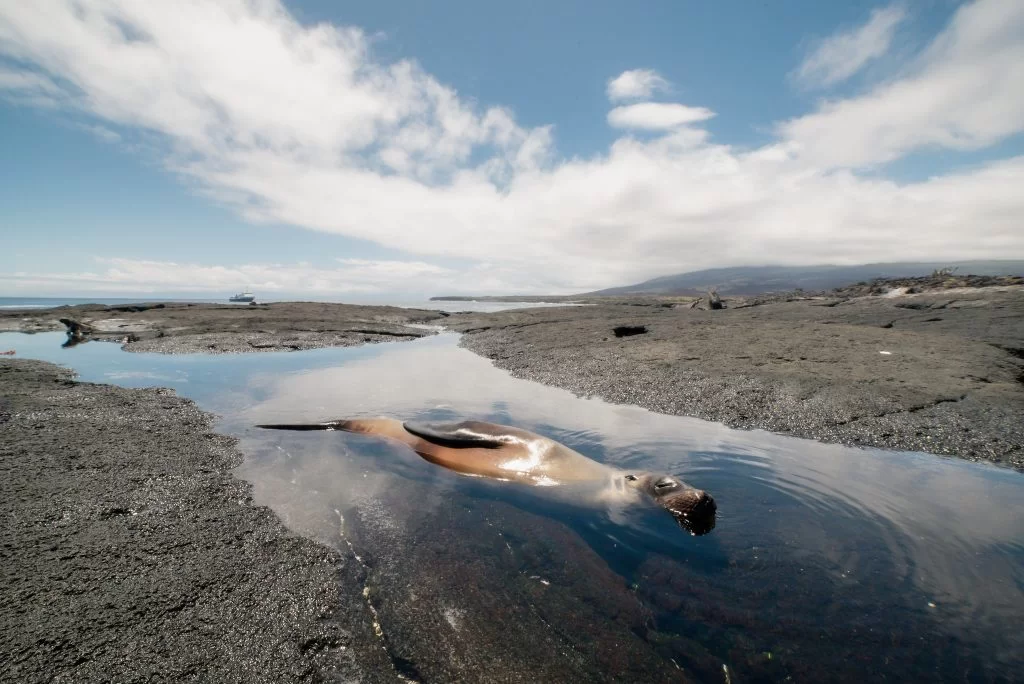Although the conditions on Fernandina are unlivable, it is an incredible place to visit. It offers a rare opportunity to experience nature and the Galapagos Islands’ pristine beauty. Scientists and park rangers use its unspoiled ecosystems for research and conservation. Fernandina’s biodiversity and natural beauty are dependent on its conservation.
Galapagos Conservancy, and its sister organization Conservando Galapagos’ Director of Conservation, Dr. Jorge Carrion said that the Galapagos National Park Rangers, who Galapagos Conservancy fully supports, are the key to the conservation of Fernandina. Carrion said that much work remains to be done and that “there are still many future challenges” to protect Fernandina’s unique natural environment.
Fernandina’s biodiversity is unique and has been unspoiled for thousands years. However, with the growing tourism in the Islands, as well as the threat from invasive species, it’s conservation becomes more urgent. We must act to protect Fernandina for future generations.

Sea Lion on Fernandina Island © Joshua Vela



